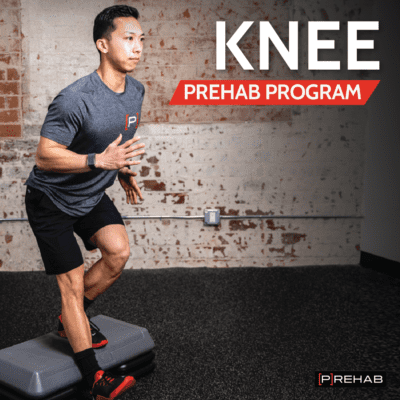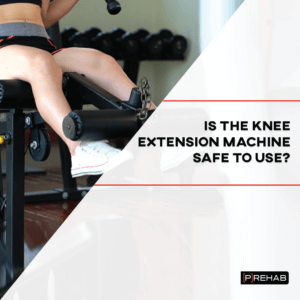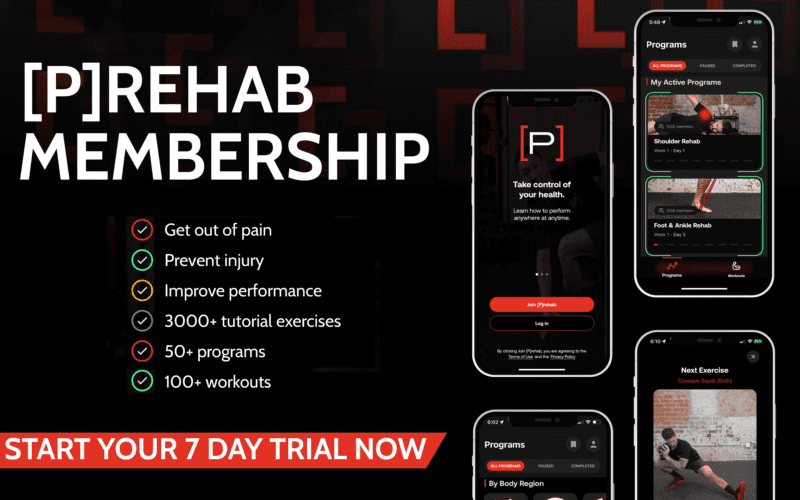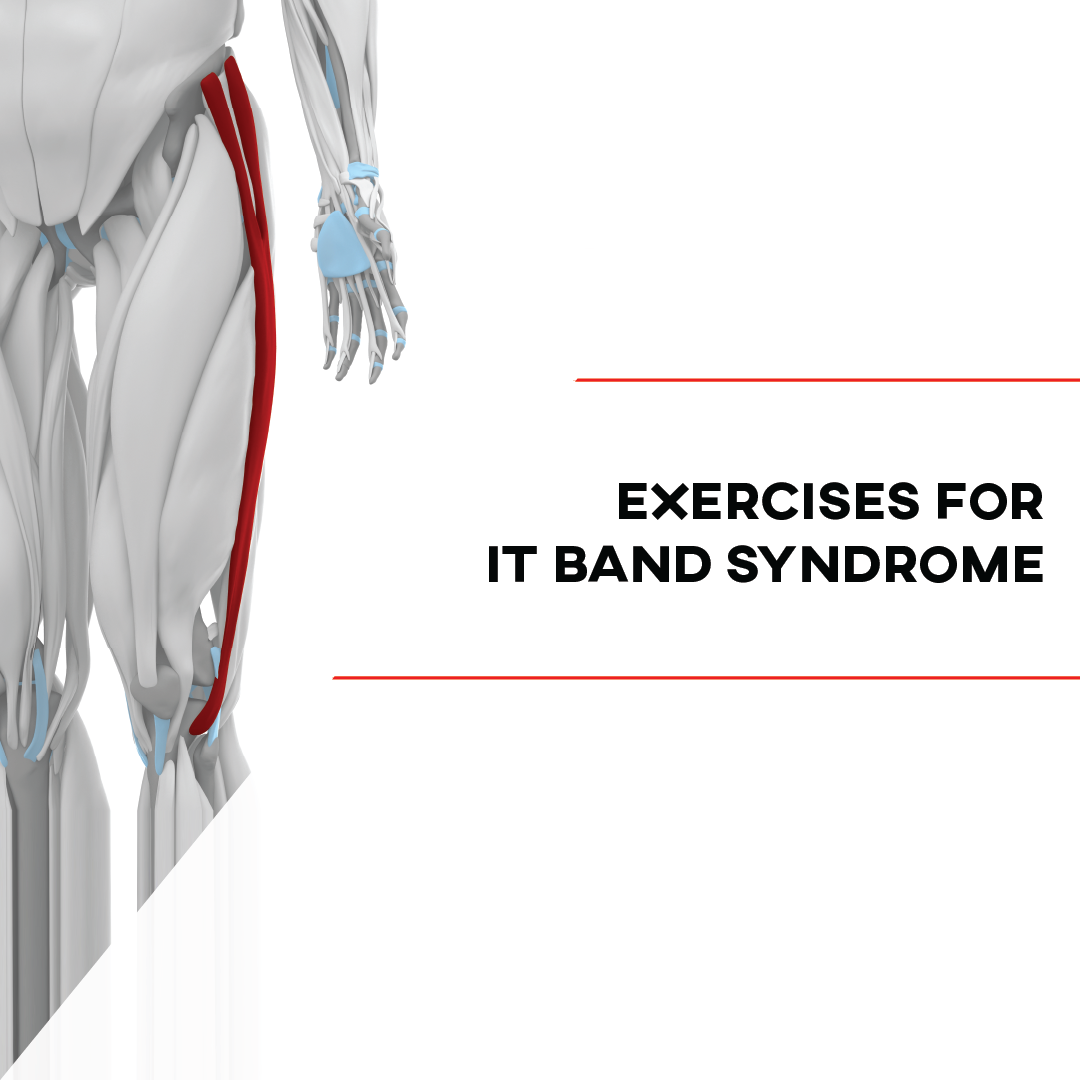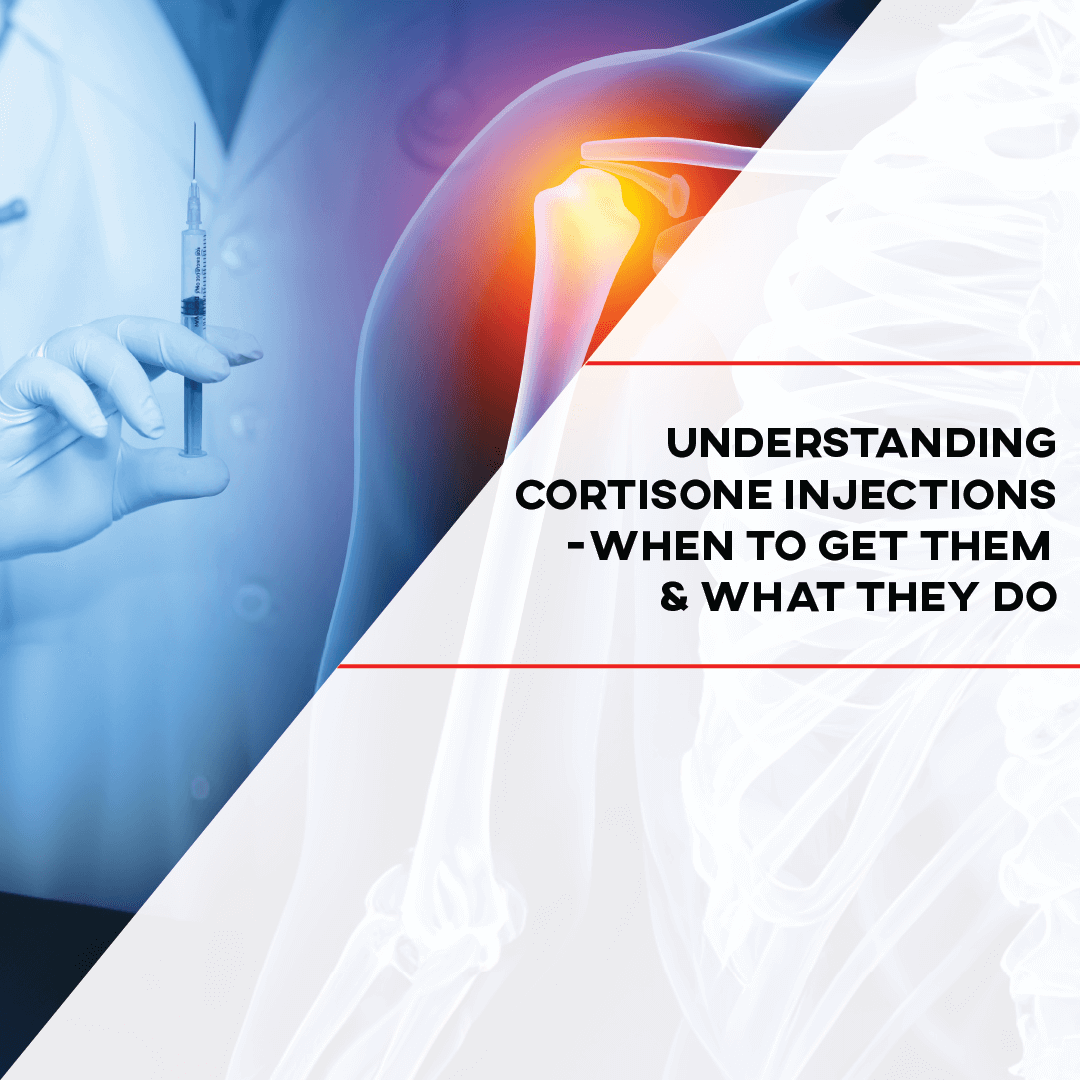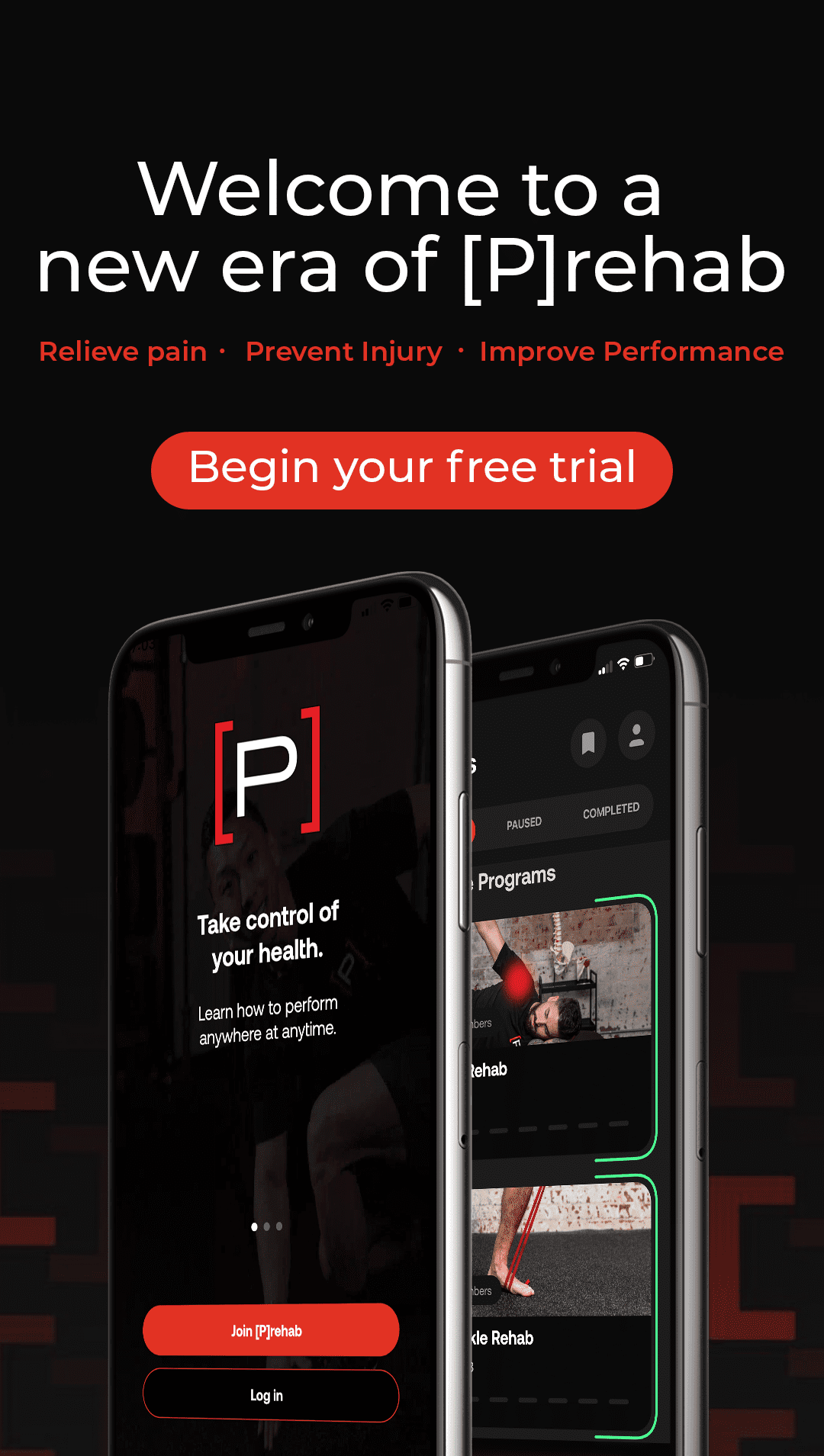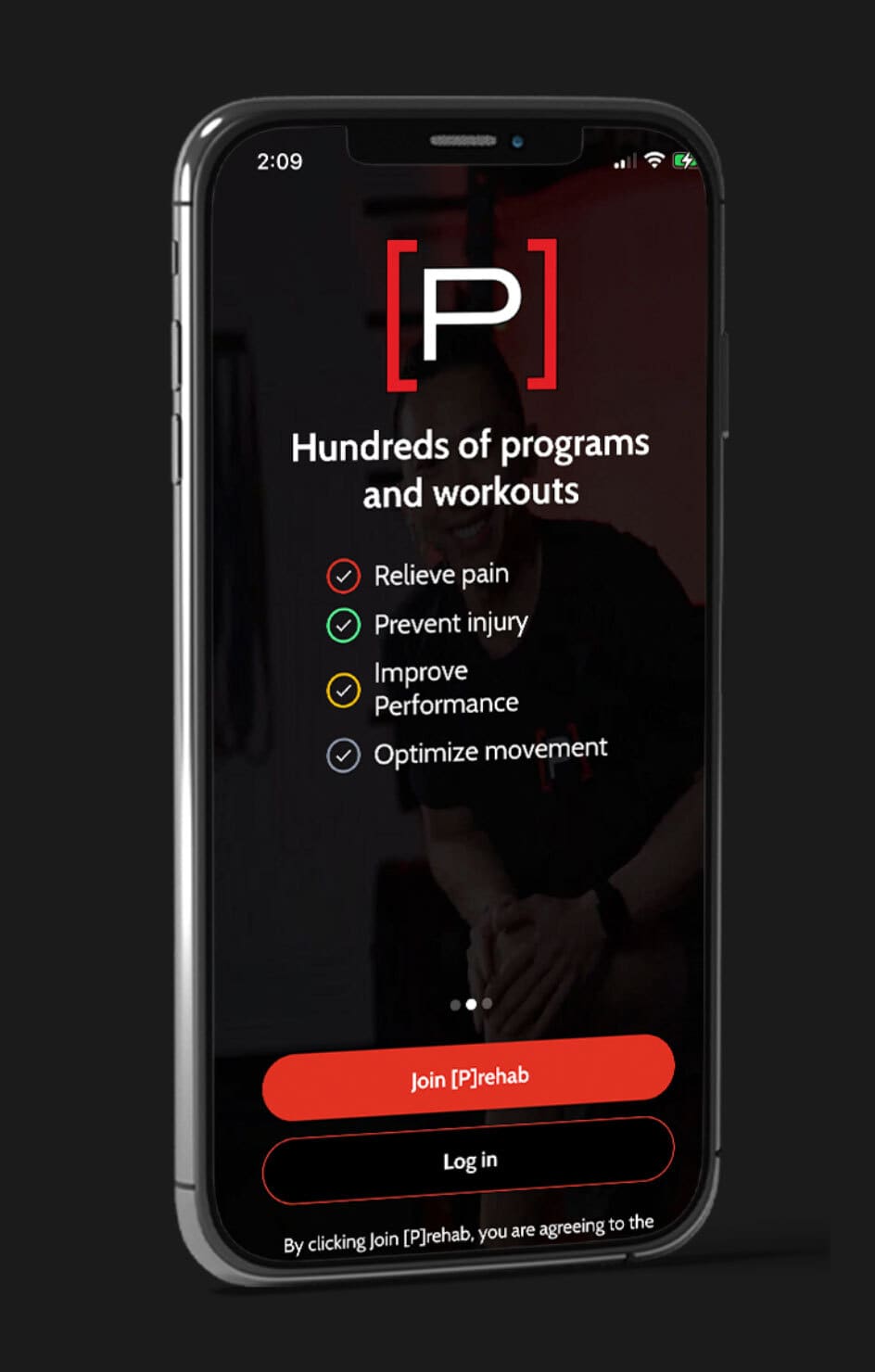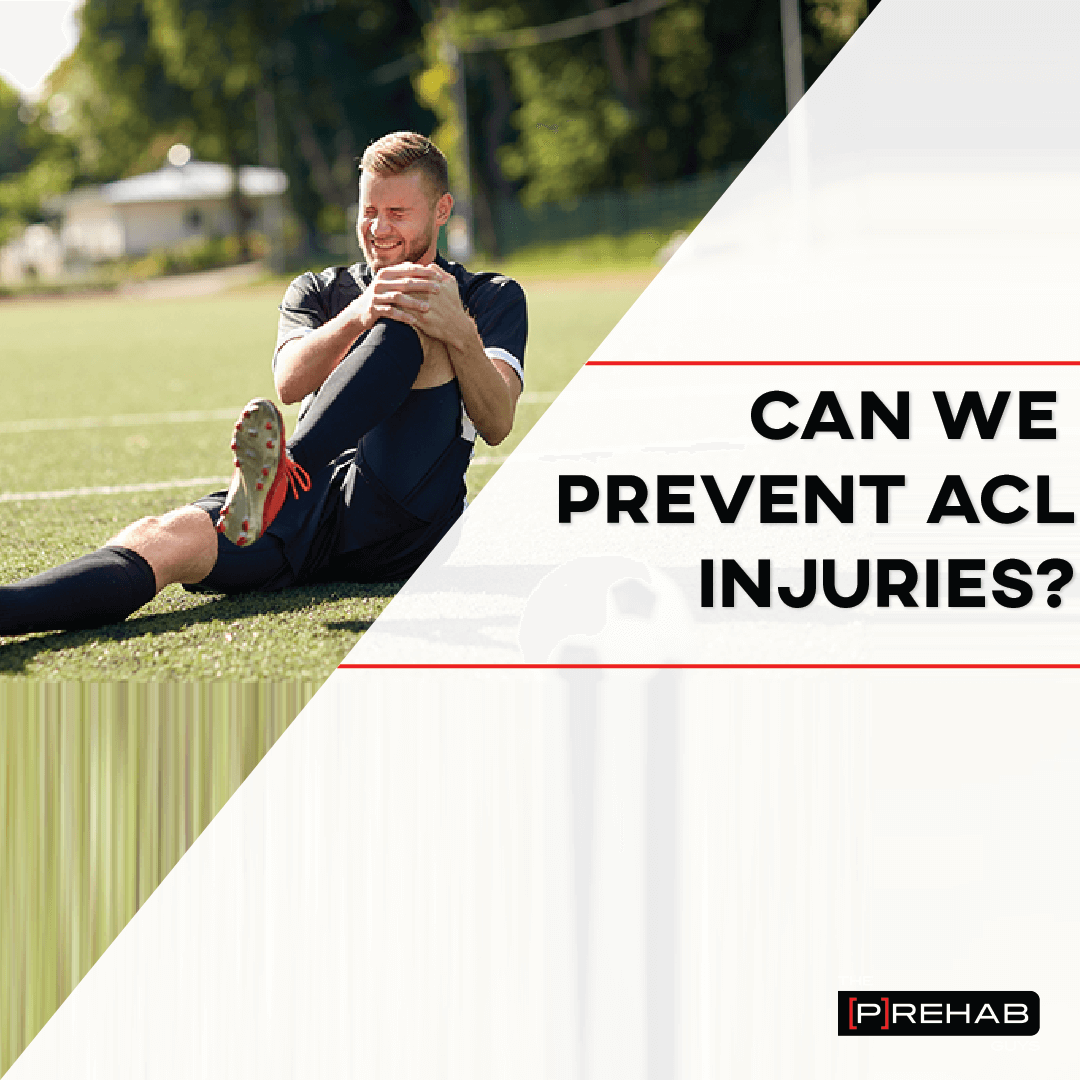
The statistics we often hear about anterior cruciate ligament (ACL) re-injury rates are pretty scary. While the statistics vary: anywhere from 30-50% of patients who go through ACL reconstruction will suffer a second injury to their ACL or meniscus within 5 years. This makes both prevention of initial ACL injuries as well as prevention of secondary injuries extremely important. This article will take a look at what you can do for ACL injury prevention!
What Are ACL Injury Prevention Programs?
ACL injury prevention programs are exercise programs designed to prevent both primary (first time) ACL injuries as well as secondary injuries after an ACL reconstruction surgery. Because of the prevalence of ACL injuries today, particularly in females, there are a number of exercise-based prevention programs. These include ACL injury prevention programs as well as general knee injury prevention programs for specific populations, such as the FIFA 11 program which reduced knee injury rates in soccer players by 30%! The American Academy of Sports Physical Therapy and the Academy of Orthopedic Physical Therapy took the time to collect all programs available and synthesize the key components for an exercise program to prevent both knee and ACL injuries.
Are You Looking For An ACL Injury Prevention Program?
Do you want a program that can show you how to put you in the best position to prevent ACL injury? This is the program for you. This is a Doctor of Physical Therapy designed program, that will take you step-by-step through progressive phases of exercises, packed with education and resources specifically for you. Click HERE to decrease your ACL injury risk today.
What are the Keys to preventing an ACL injury?
The ACL injury prevention programs that have the most success include some key components. Firstly, the most effective programs were performed at least twice/week for periods > 20 minutes at a time. Additionally, all successful programs focused on strength training. Strength of the lower extremity, especially the quadriceps, has been shown decrease ACL injury risk substantially. In fact, after ACL surgery, every 1% increase in quadriceps strength led to a 3% reduction in re-injury rate.
READ: THE IMPORTANCE OF KNEE EXTENSION FOR QUAD STRENGTH
Quad Strengthening Exercise Example
Sample ACL Injury Prevention Program Exercise
The Bulgarian Split Squat is a great way to target not only the quadriceps but the glutes and the rest of the lower quarter as well! Looking for some strategies to help you master this movement. Lucky you, we have a whole article on the Bulgarian split squat you can read HERE!
A Better Way To Test Muscle Strength – The Tindeq Test
The Importance of Plyometric Exercises
Another crucial component is the inclusion of plyometric or jumping exercises. These exercises should be performed with a focus on landing mechanics and the inclusion of intermittent feedback on these landing mechanics.
Tuck Jump
Sample ACL Injury Prevention Program Exercise
Lateral Bound
Sample ACL Injury Prevention Program Exercise
The lateral bound is a great way to train jumping and plyometric movement in a side-to-side (frontal plane) direction. We are meant to move in all 3 planes of movement, especially with sports and other daily activities!
The Prehab membership is the anti-barrier solution to keeping your body healthy. Access state-of-the-art physical therapy, fitness programs, and workouts online in the comforts of your own home or gym! Taking control of your health with exercise & education from the palm of your hand has never been easier. Get access to 50+ programs, 100+ unique workouts, and 3000+ exercises to build your own workout routines. Trial it for free, and learn how to get out of pain, avoid injury, and optimize your health with [P]rehab!
Deceleration Control Exercises
Programs that successfully reduced ACL injuries also included proximal control exercises such as those focusing on core and trunk strength. Stability of the core and trunk help athletes during change of direction and deceleration activities where the ACL is at the highest risk of tearing.
Anterior Lunge Deceleration – Med Ball
Sample ACL Injury Prevention Program Exercise
Will improving balance decrease my risk of injury?
Interestingly, programs focused primarily on balance exercises were not successful at reducing knee and ACL injuries. While this does not mean that balance exercises have no value, we know that they should not be the focus of an ACL injury prevention program. Incorporating balance may be appropriate after the requirements for strength, plyometric, and proximal control exercises have been met. If you are looking for some different balance exercises, read this article.
Closing Thoughts:
ACL injury prevention programs work when they include some key components. These include:
- Strength Training
- Jump-landing Mechanics training
- Core and Trunk Strengthening exercises.
When performed at least twice a week for > 20 minutes consistently, programs that include these components have been shown to:
- Reduce the risk of ACL injury in athletes by 43%
- Reduce the risk of non-contact ACL injury by 73% (https://bjsm.bmj.com/content/46/14/979.long)
Take Ownership of Your Knee Health
Knee discomfort is one of the reasons why people end up sitting out but that’s about to change through the tag team champs of the world: education and movement. The knee must be strong enough to create its own muscular forces and be the traffic director for force passing through. Therefore, to have a successful outcome your program must include not just the knee but the core, hip, and ankle. Teamwork makes the dream work, ready to be part of the team?
References
- Paterno MV, Rauh MJ, Schmitt LC, Ford KR, Hewett TE. Incidence of Second ACL Injuries 2 Years After Primary ACL Reconstruction and Return to Sport. Am J Sports Med. 2014;42(7):1567-1573. doi:10.1177/0363546514530088
- Øiestad BE, Engebretsen L, Storheim K, Risberg MA. Winner of the 2008 Systematic Review Competition: Knee Osteoarthritis after Anterior Cruciate Ligament Injury. The American Journal of Sports Medicine. 2009;37(7):1434-1443. doi:10.1177/0363546509338827
- Sadigursky, D., Braid, J.A., De Lira, D.N.L. et al.The FIFA 11+ injury prevention program for soccer players: a systematic review. BMC Sports Sci Med Rehabil9, 18 (2017). https://doi.org/10.1186/s13102-017-0083-z
- Arundale AJH, Bizzini M, Giordano A, et al. Exercise-Based Knee and Anterior Cruciate Ligament Injury Prevention. J Orthop Sports Phys Ther. 2018;48(9):A1-A42. doi:10.2519/jospt.2018.0303
- Grindem H, Snyder-Mackler L, Moksnes H, et alSimple decision rules can reduce reinjury risk by 84% after ACL reconstruction: the Delaware-Oslo ACL cohort studyBritish Journal of Sports Medicine 2016;50:804-808.
- Sugimoto D, Myer GD, McKeon JM, et alEvaluation of the effectiveness of neuromuscular training to reduce anterior cruciate ligament injury in female athletes: a critical review of relative risk reduction and numbers-needed-to-treat analysesBritish Journal of Sports Medicine 2012;46:979-988.




